There is no such thing as sustainable mining or sustainably mined crystals, not anywhere in the world. However, we can become more sustainable than we are at present, by rejecting cheap crystal products and selling only top-quality.
SOUNDS STRANGE?
Read here:
The Truth about
Sustainable (Crystal) Mining!
Connect with the Author on LinkedIn:

As a biologist and conservationist for over 3 decades, leading environmental NGOs as Executive Director in Germany and Peru, managing literally millions of USD in funds and donations, teaching in several universities, and having published a book about sustainability in the modern enterprise, it makes my hair stand straight up when I hear crystal shops and crystal wholesalers claim their crystals are “sustainably” sourced or mined.
Whenever I read this, I raise the same question:
Do they know this is untrue and lie about it, or are they using the word without knowing what they are talking about?
In the age of the internet, when the meaning and proper definition of every word can be googled in seconds or explained via ChatGPT in even less time, claiming not to be informed would be an increasingly unrealistic excuse. Using the word because it sounds ecological and fits the “green” image a company owner would want, without taking the time to google it seems to be very unserious. And even worse, of course, would be using the word knowing that its application is a lie.
Even though it matters which one of the previous explications is true, each of them leads to the same result: fooling the client.
So, let’s make a bold and clear statement:
There is no such thing as sustainable mining or sustainably mined crystals, not anywhere in the world. And whoever claims such a thing, lies knowingly or by ignorance about the topic.




What being “sustainable” really means:
In 1987, the United Nations Brundtland Commission defined sustainability as “meeting the needs of the present without compromising the ability of future generations to meet their own needs.”
To put this into a less abstract form: The use of a natural resource can only be sustainable if our current way of using it (and fulfilling our needs by doing so) makes sure that it still can be used in the same way in the future, ongoing and forever.
Any type or way of using a resource that would deplete such resources would not be sustainable. This means the resources that we use must either be endlessly provided by nature or must be renewable.

Typical non-living renewable resources on our planet are sunlight, wind, water, and geothermal energy. Actually, for those the term “endlessly provided” would be more accurate because sunlight comes towards our planet in an endless continuous stream. Yes, the sun will stop existing in billions of years but that’s far beyond the time horizon we work with. In the same way, geothermal energy is an endless ongoing stream of heat generated in the earth’s core.

On the other hand, wind’s natural kinetic energy is used to turn a generator, which produces electricity. And since the wind will continue to blow, it cannot be “used up.”

Water, finally, is not endlessly available. There is a finite amount of water around. It can be contaminated and in that way its usefulness for us can be depleted and lead to scarcity of water and/or clean useful water. But it also can be cleaned and made available again. Water cannot be used up in the sense of destroying it. It can be locally depleted by overusing it. But the total amount of water in our atmosphere and biosphere is always the same.

Sustainability can also be achieved with any of the biological resources we are using, meaning living organisms like fish, cattle, wood, and other plants or animals. In fact, the concept of sustainability, or “Nachhaltigkeit” in German, goes back to Hans Carl von Carlowitz (1645–1714) and applied to forestry. The term for this now would be sustainable forest management.

In fact, all animal and plant species could be used endlessly (meaning sustainably) if we could learn to extract only so many of them that biological reproduction has a chance to replace the extracted number of specimens. If we extract more than annual reproduction can replace, we are depleting the renewable resources, and this might lead to the species extinction. Once it is extinct, future generations of humans can not use them anymore to satisfy their needs, hence our present use of them was not sustainable (in time).
Can mining resources be sustainable?
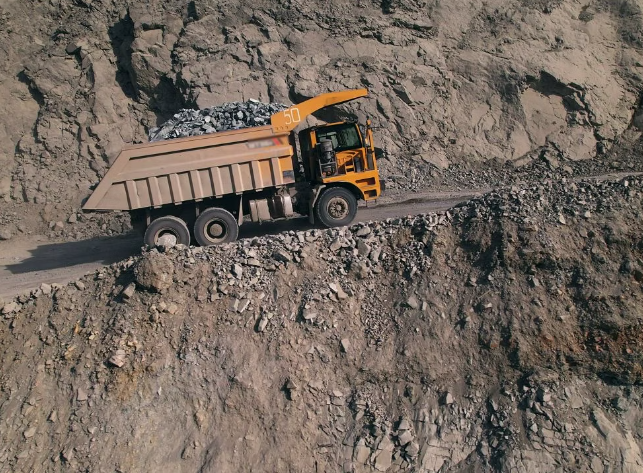
None of them, neither oil, gas, coal, rare earths, metals or crystals do reproduce. They are organic and unorganic resources that are present on our planet in a certain amount. Yes, extracted oil and gas could be biologically replaced by nature over the course of billions of years under certain geologic conditions, but again, that’s a timeframe outside of our practical horizon. Being nonrenewable and finite, any type of use, even the smallest, slowest, and most careful extraction will necessarily lead to a point in time when the entire resource is depleted because it has been extracted and converted into another product. The raw material is gone.
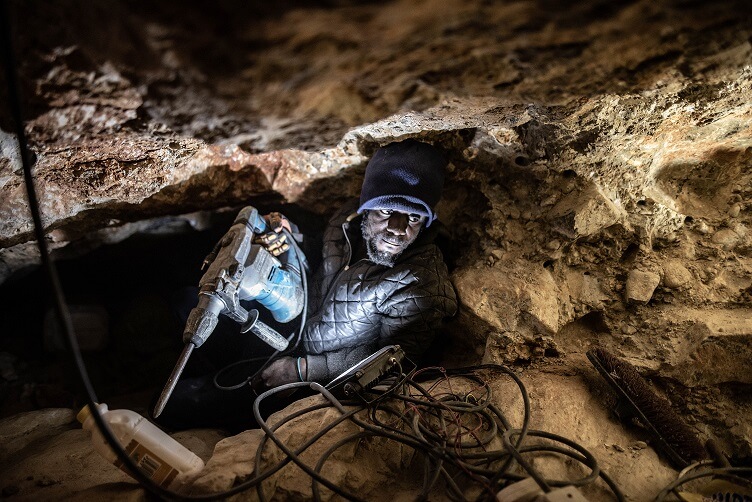
Therefore, any kind of mining, including the crystal industry, is unsustainable. At some point in time, we will have extracted the last available crystal on our planet. Especially in crystals that appear in nature in amounts much smaller than gold, silver, or even diamonds, we have ample examples of depleted mines and reserves. Many gemstones are just not available any longer. And the only thing we can do is move on to the next crystal, starting to extract and deplete it.


What can be done? Are we condemned to destroy all natural crystal resources?
In essence: yes. At some point in the future.
However, we still can do something. We can extend the time our crystals last as much as possible by using them wisely.
Let me explain:
“Not all of us can do great things.
But we can do small things with great love.”
Mother Teresa
Consumerism is the archenemy of sustainability
Consumerism is related to the idea that consumer spending is the key driver of the economy and that encouraging consumers to spend is a major policy goal. From this point of view, consumerism is a positive phenomenon that fuels economic growth.
Consumerism also believes that individuals who consume goods and services in large quantities will be better off. In our current time, this however has led to Hyper-consumerism which has been widely criticized for its economic, social, environmental, and psychological consequences.
Hyper-consumerism refers to the tendency of people living in a capitalist economy to engage in a lifestyle of excessive materialism that revolves around reflexive, wasteful, or conspicuous overconsumption. In this sense, consumerism is widely understood to contribute to the destruction of traditional values and ways of life, consumer exploitation by big business, environmental degradation, and negative psychological effects.

Gemrocks´ Startup Support
Starting a crystalshop (online or physical) is not easy – we know. But we believe in you and we have your back, because your success is ours.
We support startup companies with lower shipping prices. You can order without minimum amounts. We offer “Buy now, Pay later” agreements, as well as intensive business coaching.
We can see this in the crystal industry. While collecting crystal specimens and carved crystals in the 60 and 70s of the last century still was a tiny business attending the interests of a small selected group of mineral collectors, our industry has grown massively. Increased demand caused by modern marketing and the global healing industry has led to increased competition. This has brought down the prices of crystals tremendously. The pressure to feed the market with ever more and ever cheaper crystals has led to more and more abusive labor conditions in the mining areas and the lapidary industry. Additionally, the quality of crystal products is getting worse and worse as the old master gem cutters get into the pension age, no new generations of gemstone cutters are growing, and the Indian and Chinese mass products flood the market.
Increased sales of ever cheaper and more crystal products also mean that the rate of extraction in the mines nowadays is manyfold the volume of extraction just a few decades ago. As a consequence, crystal mines get depleted faster and faster. The sustainability (our capacity to sustain the business) is less and less.
As an ethical crystal wholesaler of top-quality products, Gemrock is committed to fostering a less materialistic society with a lower level of consumerism, as a way to reduce environmental destruction and improve workers’ labor and living conditions.
Sounds strange? Hear me out:
When LESS becomes MORE:
We cannot have sustainable crystal mining. But we could have a more sustainable crystal mining (that depletes the resources slower) if crystal shops would educate their clients properly about the environmental and social consequences of cheap crystals and promote the sale of top-quality crystal products only.
Yes, those products would cost more. Yes, we all would sell less products. But as a business we also would be able to pay a fair salary to our workers and we could sell such crystals over a longer period of time (because the resource would deplete at a slower pace) and we would make more profit from each crystal – so businesswise we would not loose.
What would that mean for crystal sales?
Yes, buyers would need to spend more per crystal and would probably buy less. But that does not mean that overall total spending in our industry would be reduced. We as an industry would simply sell less for more.
Would that be negative for the consumer?
I do not think so. Let’s look at the case of buying a cheap, badly shaped and badly polished crystal. We definitely bought it as an impulse buy, as most of the industries marketing is directed at creating such short term impulses. But soon the rush will be over, the crystal will lose its attractiveness, and degenerate to just another dust-catching object in some corner of our flat.
However, if we buy a really expensive top-quality crystal, this piece will stay for years or decades as a center piece on our living room table, an eye-catching treasure always being appreciated over and over again. It might even pass through several generations or end up as a valuable object in an auction house. If this piece would additionally come with the added value of being ethically mined (= legal mining, adequate labor conditions and fair wages) and benefit local people, the consumer would feel good about his acquisition for many years to come.
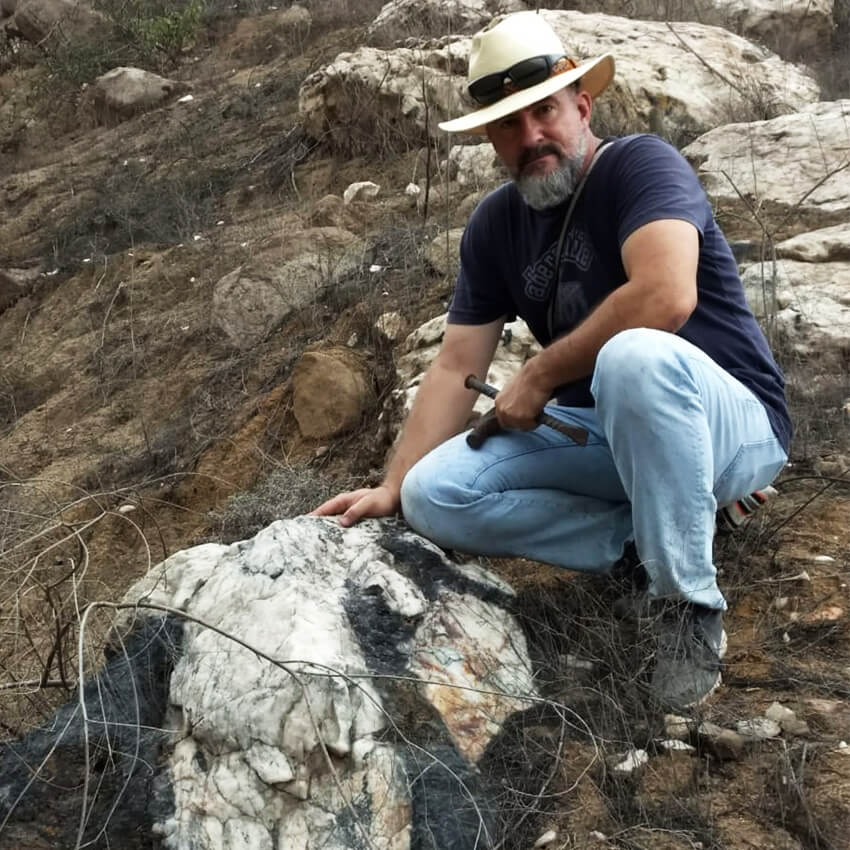
In a nutshell:
If we, as crystal businesses, want to become more sustainable, then the way is to say goodbye to cheap low-quality carved crystals, damaged crystal specimens, and low-quality jewelry. And instead focus on selling top-quality products at a higher price level to a more selective group of consumers. At the same time, such crystal products would most likely be more ethical as the production of quality inherently requires mastership in lapidary and better labor conditions in mining and lapidary.
Therefore, it does not matter what unscrupulous crystal shops say of themselves about being sustainable. If they sell cheap crystal products, they are not a bit sustainable. If they sell top-quality products they are most likely more sustainable than others. Sustainable, however, is nobody in our industry.


Shop your crystals & jewelry NOW
NATURA MINERA
Achetez vos cristaux Gemrock, produits en cristal et bijoux à Québec
GEMROCK CANADA
Online retail shop of ethical, top-quality crystal specimens, jewelry, and jewelry-maker accessories like cabochons, silver chains, silver wire, and charms. Exports to USA.
Gemrock Peru - Tienda
Venta de cristales naturales, piedras talladas y joyería de Gemrock en Peru a nivel nacional.
Free Gemrock Learning Resources
Free Gemrock Learning Resources
Connect wherever you want and can
Connect wherever you want and can
Get in Touch
+51 994104206
gemrockinternational@gmail.com

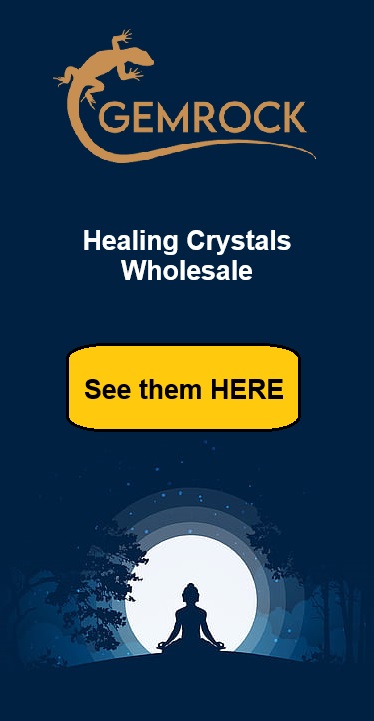
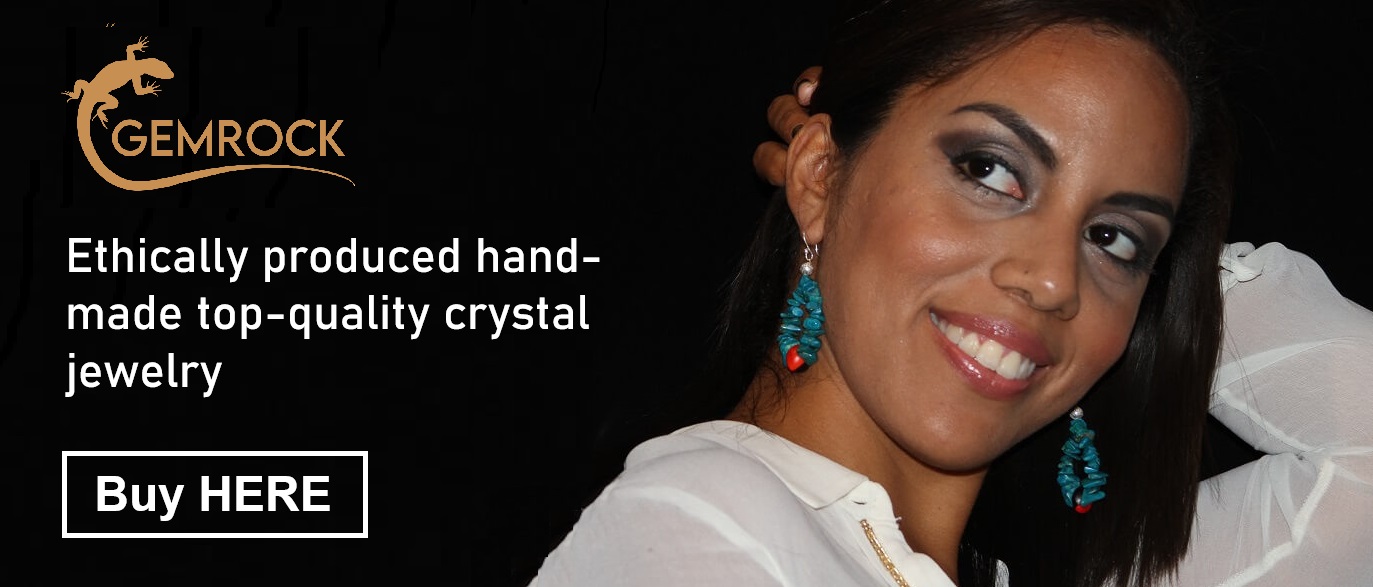














Recent Comments